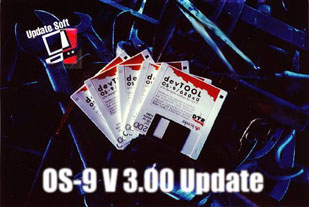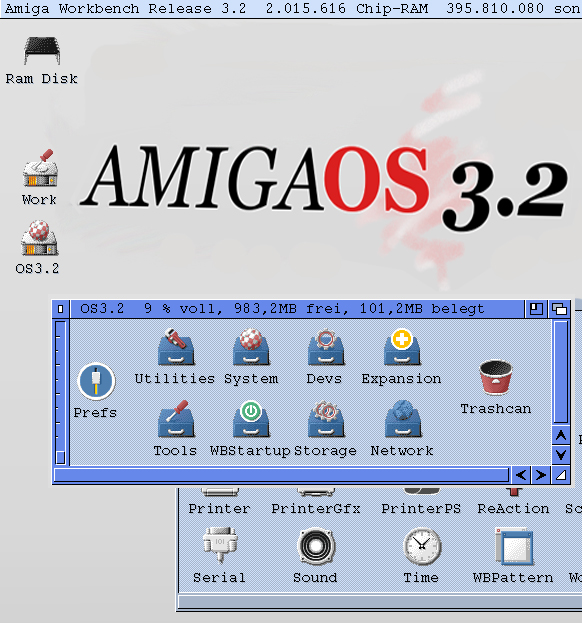
- Os 9 68k emulator mac software#
- Os 9 68k emulator mac Pc#
- Os 9 68k emulator mac simulator#
- Os 9 68k emulator mac windows#
Many old machines were equipped with hard disks (and diskette drives) which are formatted with 256 bytes/sector. If you need a LINUX/UNIX version please contact us.Ģ56 BYTES/SECTOR FORMATTED HARD DISKS 256 BYTES PER SECTOR REPLACEMENT HARD DISKS (256 bytes/sector) OS9MAX and OS9MAX64 covers the complete range of operating systems.

All OS-9 file and directory manipulating commands are implemented.ĭeploy OS-9 drives without going through the re-install by cloning disk images.Įvery operating system system has special requirements. OS9MAX reads, writes, and formats OS-9 disks on PC.
Os 9 68k emulator mac windows#
OS9MAX allows to access OS-9 formatted disks on DOS or Windows PCs.
Os 9 68k emulator mac software#
Since that time we had constantly enhanced our software and we are now proud to present a large number of OS-9 media we are capable to access from PC. Our software OS9MAX has been introduced to the worldwide OS-9 community through Radisys/Microware's Pipeline publication.
Os 9 68k emulator mac Pc#
Firts thing I would try is to run it on smallest possible platform, like 8-bit PIC :) PIC32 would improve performance a lot, though.We provide software and hardware solutions to access OS-9 disks on PC and to backup any kind of OS-9 media on PC (CD-ROM or Network). I feel like emulation would bring speed in order of hundreds of kilohertz, coding in asm would be better, but a bit difficult. We thought of something in between and the only usable architecture seems 68k. I've done more emulators, like PIC16 on PIC18, my own CPU with 16 instructions on dsPIC33 or (unfinished) 6502 emulator. Light-weight OS would help a lot, though. Many commercial Z80 CP/M systems ran at lower clock rate.ĪRM emulator (Pito linked it too) runs too, it even boots linux - however it is too slow for real use. running in 64kB of memory (interesting how many those things are unavailable now for UNIX with double memory). My Z80 emulator runs good (Pito linked it before), I have C compiler, Turbo Pascal, Fortran, Algol or Forth, WISWYG editors etc. This would, of course, completely obliterate any speed advantages of a PIC32 over any of the 8 bit processors while running ZPU programs, but the real question is whether or not there are any valid uses for such a slow system?Īt beer meet-up with Pito we discussed more possibilities around some usable CPU emulation.
Os 9 68k emulator mac simulator#
I'm presupposing that the overhead in switching from user to kernel space whenever a read/write from/to the external ram is needed is probably greater than the time it would take to read/write a small block of bytes from ram, so I'm wondering if it might be practical to run the simulator core from within the kernel while manipulating the ram in user space? I don't know enough about the task switching mechanism to know if this would be a practical approach or not. The question is, would it be so slow as to be useless? So, what if a simulator was written to run on retrobsd ( actually, there already exists a simulator written in C that could be used as a starting point - I just noticed that they suggest the idea of using an MPU with and MMC card ) using any of the various ram additions as storage space so that larger programs could be run. The nice thing about it is that it has a complete GNU compiler available for it.

There is a cpu design called ZPU ( ) that is designed from the ground up to be very simple and very small so that it fits in small FPGAs. Most likely you should just start laughing now, really, really slowly.


 0 kommentar(er)
0 kommentar(er)
